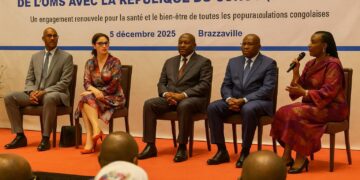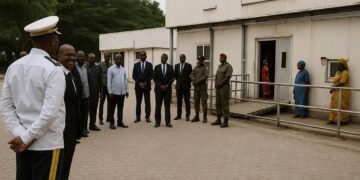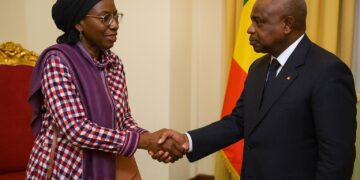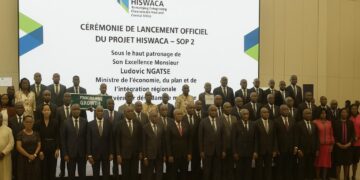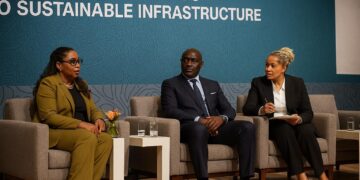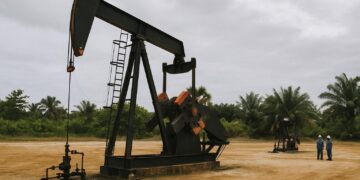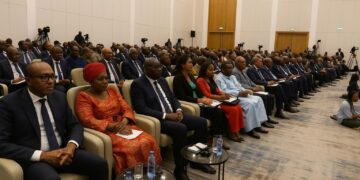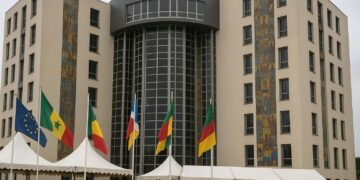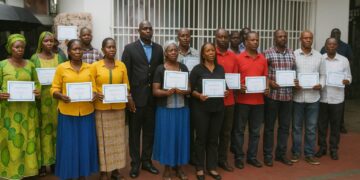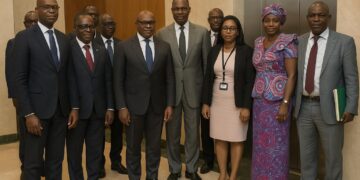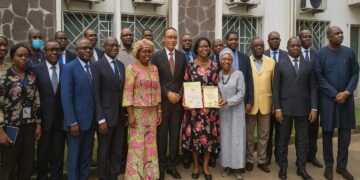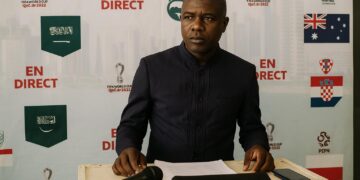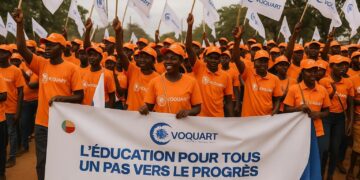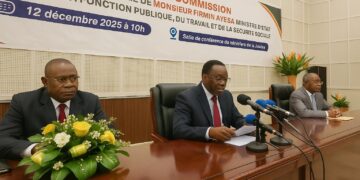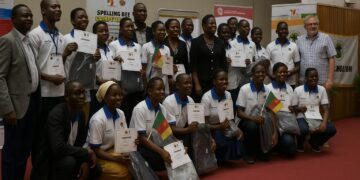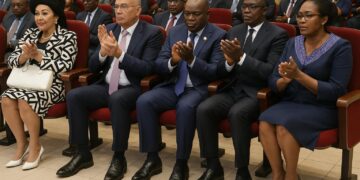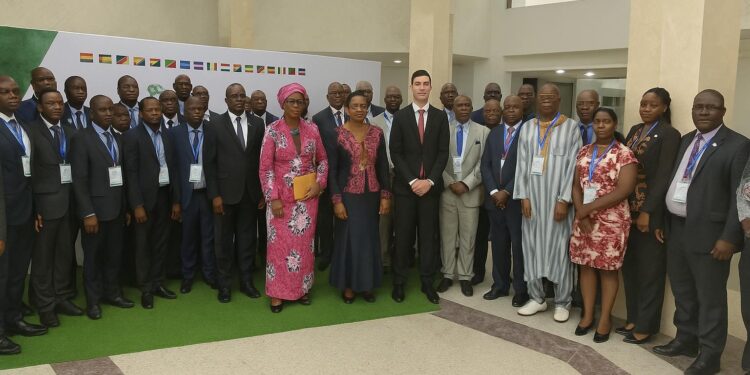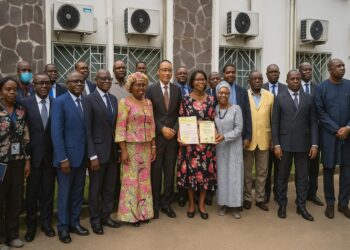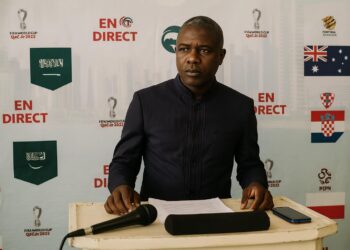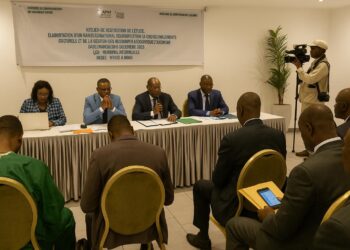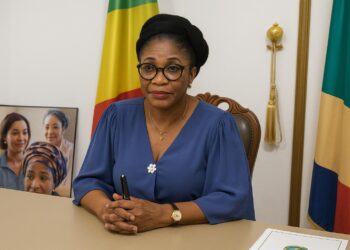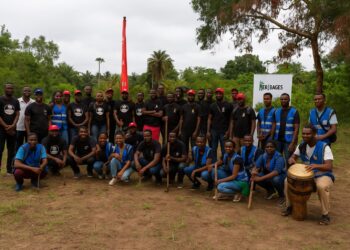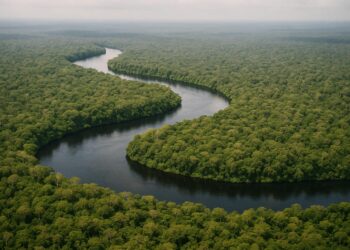42 Climate Projects Cleared in Brazzaville
After two days of technical vetting, experts of the Congo Basin Climate Commission validated 42 priority initiatives on 30 October in Brazzaville, creating a streamlined portfolio worth more than US$10 billion for presentation to global partners during the 2025-2026 cycle.
The selection distills 254 national proposals and several regional blueprints into projects judged mature, transformative and bankable ahead of a high-profile round-table in Belém, Brazil, scheduled on the sidelines of COP30 in November 2025, followed by a second pitch in Brazzaville in May 2026.
National Pipelines Anchored in Local Needs
Thirty-three approved projects originate from the 16 member states of the Commission, reflecting priorities ranging from mangrove restoration in Angola to smart-forestry pilots in Rwanda and community solar farms in Chad, thereby illustrating the diversity of ecosystems and socio-economic contexts across Central and Eastern Africa.
Budgets have been aligned with each country’s climate-development pathway, a principle emphasised in the Commission’s Investment Plan endorsed by ministers in March 2023, which outlines blended-finance structures aiming to de-risk private capital through guarantees, technical assistance and results-based payments (African Development Bank 2023 report).
Peatlands and Lake Tanganyika Take Spotlight
Flagship among the national entries is Congo’s peatland conservation programme, targeting more than 165 000 km² that store an estimated 30 billion tonnes of carbon dioxide, a stock equivalent to three years of global fossil-fuel emissions according to UNEP data, hence its strategic value for mitigation.
At the regional level, the integrated Lake Tanganyika management scheme spans Burundi, DR Congo, Zambia and Tanzania, coupling watershed rehabilitation with climate-smart fisheries to bolster food security for six million residents while preserving one of the world’s oldest rift lakes (FAO 2022 study).
Development Banks Mobilise Domestic Capital
Vice-President Jean Paterne Megne Ekoga stressed that the Central African Development Bank, host of the Congo Basin Blue Fund, is refining financing packages for each project ahead of a pre-donor session, signalling the institution’s intent to anchor at least 20 % of funding locally.
He compared the bank’s catalytic role to a needle—“fine but solid”—capable of stitching together sovereign contributions, diaspora remittances and carbon-market revenue into one coherent fabric, thereby reducing reliance on concessional loans and enhancing economic sovereignty across the sub-region.
International Partners Signal Enduring Support
French Development Agency director Antoine Chevalier reiterated France’s backing for the Blue Fund, citing it as a flagship of North-South cooperation and promising assistance for strategic planning, innovative finance and results measurement to meet expectations of European institutional investors.
Morocco, already an observer to the Commission, participated actively in Brazzaville’s sessions, offering diplomatic and technical expertise drawn from its national climate-resilience programmes, thus broadening the coalition of African states committed to leveraging nature-based solutions for sustainable growth.
Standardised Dossiers Enhance Bankability
Delegates harmonised project templates to international lending standards, integrating socio-environmental safeguards, gender indicators and cost-benefit scenarios in a single dashboard, a prerequisite for swift appraisal by multilateral agencies and private equity funds.
A shared monitoring and accountability mechanism was also outlined, featuring quarterly progress scores uploaded to a digital platform hosted in Brazzaville, ensuring that financiers, regulators and civil-society observers receive identical information in real time, thereby strengthening transparency without adding administrative burden.
Countdown to COP30: Key Deadlines
Technical teams now have six weeks to finalise feasibility studies, environmental impact assessments and financial models, after which the Central African Development Bank will package the portfolio for the December donor outreach roadshow in Paris, Washington and Dubai.
By March 2025, term sheets are expected to be signed for at least a third of the funding envelope, allowing implementing agencies to demonstrate early wins before the Belém round-table and to buttress Africa’s negotiating stance at COP30 (UNFCCC provisional schedule).
What It Means for Investors
For institutional investors, the Congo Basin portfolio offers rare exposure to large-scale natural-capital assets backed by regional political consensus and multilayered risk-mitigation instruments, a combination likely to meet emerging ESG requirements and diversify returns beyond traditional infrastructure.
Analysts caution, however, that success will hinge on coherent policies, from land-tenure clarification to carbon-credit certification, areas where Congo-Brazzaville has launched reforms aligned with President Denis Sassou Nguesso’s strategy of pairing ecological stewardship with macroeconomic stability, a narrative donors increasingly recognise.
Long-Term Vision for Congo Basin Commission
Minister Arlette Soudan-Nonault confirmed that the Republic of Congo will donate a ten-storey office tower in Brazzaville to serve as the permanent headquarters of the Commission, underscoring the government’s commitment to institutional continuity and to positioning the city as a continental hub for climate diplomacy.
Observers note that a fixed seat could accelerate staff recruitment, data-hub deployment and private-sector outreach, all prerequisites for turning the Congo Basin’s ecological endowment into a predictable flow of jobs, revenues and resilience dividends over the next decade.
The headquarters donation also carries symbolic weight ahead of the African Union’s mid-2026 summit, when heads of state are expected to review continental climate architecture; having a fully operational secretariat could allow the Commission to propose region-wide carbon-pricing mechanisms and standard-setting guidelines.

